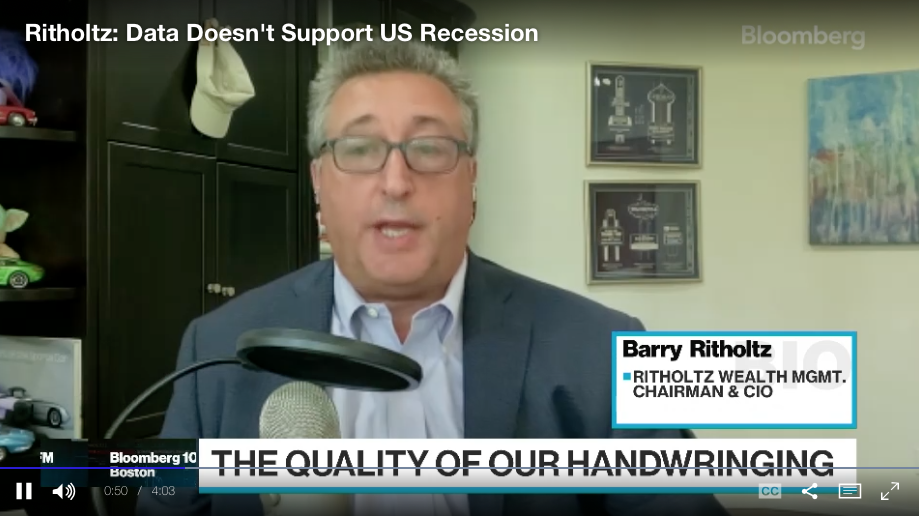From CNBC:
70% of Americans think a recession is coming: Here’s what they are doing to prepare
Experts are weighing the odds as to how likely a recession is and how fast it could come upon us.
Most Americans — 70% — already believe an economic downturn is on its way, according to a new survey from MagnifyMoney. The online survey was conducted between June 10 and 14 and included 2,082 respondents.
A recession is defined as a significant economic decline that lasts more than a few months.
The biggest recession warning sign, which 88% of respondents pointed to, is high inflation.
Respondents also reported seeing signs of an economic downturn in housing and rent prices, with 61%; rising interest rates, 56%; the stock market, 55%; declines in consumer spending, 42%; and rising unemployment, 36%.
Some of those perceptions may lean on how people feel about the economy, rather than hard numbers. While the U.S. economy still has bright spots — including a strong overall job market and rising wages — higher prices have raised Americans’ feelings of financial insecurity, according to Matt Schulz, chief credit analyst at LendingTree, which owns MagnifyMoney.
“When something as fundamental to people’s every day lives as gas prices and grocery bills goes sky high, it really has a huge impact on the way people look at things,” Schulz said.


